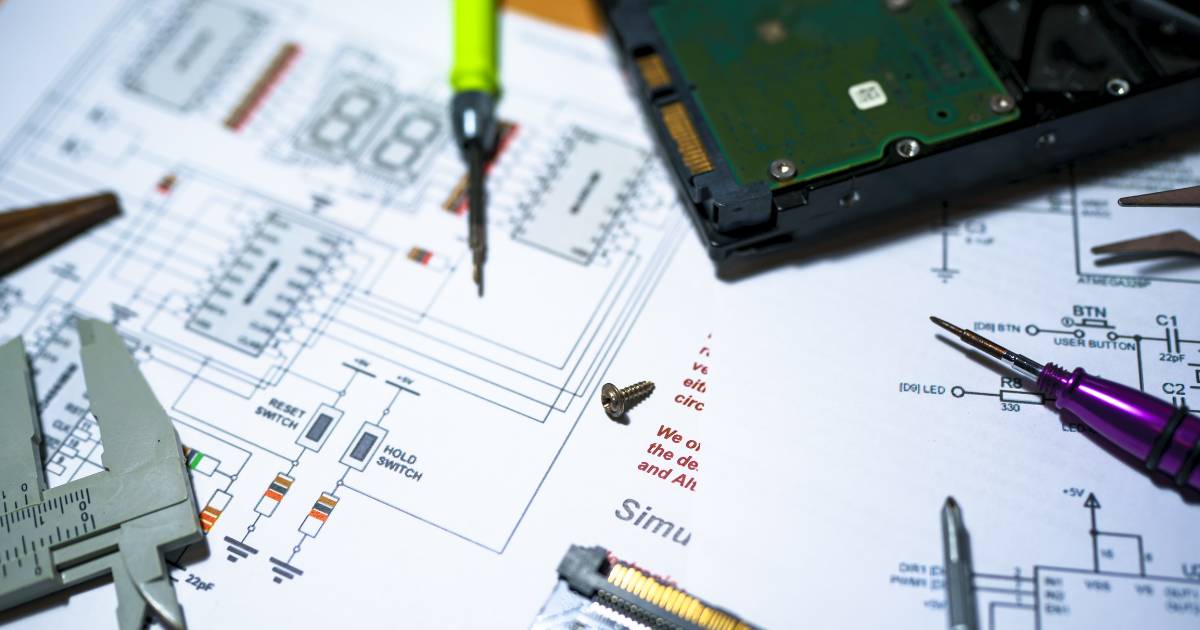A Guide to Successful Printed Circuit Board Documentation
Green Circuits excels at creating prototype printed circuit boards for your innovative technologies. The process of taking a design from schematic to actual working prototype is a complex one; however, proper documentation supports simplification and success.
Eliminate Second-Guessing: Good Documentation Helps Us Help You
While our engineers are leaders in the field of printed circuit board manufacturing, the majority of the orders we process could be improved if we had access to more complete documentation. There are few good reasons why this is so:
- We Develop Proprietary Technologies—Many of our clients incorporate innovative proprietary technologies into their PCB orders. In these cases, the client’s engineers are the only people on the planet who are deeply familiar with those technologies. To fulfill an order of this kind, we need to know the context of the problems these technologies solve and the way they do so.
- We Process Orders With Newly Patented Technologies—If your company is building innovative products that make use of newly patented technologies, the clarity and depth of your documentation directly affects the speed and quality of prototype manufacture. Every detail left to our engineers’ imagination represents a possible revision.
Green Circuits prides itself on delivering functional prototypes quickly and efficiently, making us dependent on access to complete documentation on all of our projects.
Thorough Documentation Helps You Too!
As Sam Carpenter in his book Work The System astutely points out, creating complete documentation can expose flaws early on. What one engineer considers a flawless system may be bewildering to another; a lot can happen in the space that exists between two academic approaches, practical considerations or even cultural mindsets.
By documenting your processes thoroughly, you may uncover inefficiencies that result in considerable delays later on in the production lifeline. It is certainly within your company’s best interests to resolve these inefficiencies before taking your prototypes to a large-volume manufacturing plant.
Our engineers are experienced enough to resolve documentation issues in most cases, but we cannot guarantee that every engineer along your product’s manufacturing lifeline will be just as capable. If an issue is exposed after you already have 10,000 units in production, expensive backtracking will be in order.
What Does Great Documentation Look Like?
It should now be clear that your PCB project has much to gain—and nothing to lose—by being accompanied by thorough documentation. That leads to the next question:
What’s the best way to document my PCB?
To answer this, we’d like to step outside of the tech industry for a moment and look at how a wildly successful global furniture brand does the job. IKEA is famous for including completely visual assembly instructions with its products. Other than specific safety warnings that preface the documents, their entire catalog is assembled through visual instruction.
This was not always the case, as IKEA earned a bad reputation early on for producing assembly instructions that were vague, complicated and occasionally outright misleading. The company responded by overhauling the entire documentation process so that men, women and even children from all over the world could implicitly understand its instructions indifferent to any language or cultural barrier.
Printed circuit boards, of course, need more than show-and-tell assembly instructions for efficient manufacturing to take place. However, some conclusions that can be drawn from analogy to IKEA include:
- Complete Netlists—Just like the furniture giant lists all of the components and parts included in the product packaging, a complete netlist ensures that our team knows what electrical connections are to incorporated between the various components on the prototype board.
- Gerber Data with Defined Apertures—If you are using Gerber data for your production order, it’s important to realize that undefined apertures may require manual editing. This leads to a risk of error and subsequent production delay. A project order with undefined apertures would be similar to an IKEA desk that includes five screw sizes, but contains no differentiation between them.
- A 1:1 Board Outline—Whether you’re using Gerber data or the more modern ODB++ format, there are few reasons, if any, not to include a 1:1 board outline with your order. An accurate outline of how the various parts and components fit together saves a great deal of time when developing a routing program for the board profile and allows engineers to add dimensions for critical processing elements, if needed.
These are just a few of the things we can attribute to good documentation—for a more complete rundown on how we can deliver your prototype PCB with the greatest speed and efficiency, just ask one of our technicians what to provide along with your project order.
For more information, visit www.greencircuits.com.
